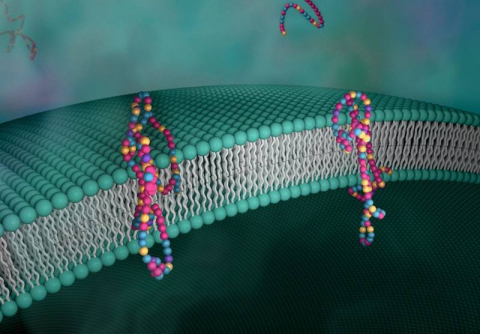
Designer polymers effectively mimic natural proteins in proton transport across membranes for health and energy technologies.

Scientists use X-ray-sensitive tags to see protein molecules in cells, opening new doors for studies in health, medicine, and bioenergy.

Researchers study how internal stress evolves in high-performance alloys used in jet engines and power turbines.
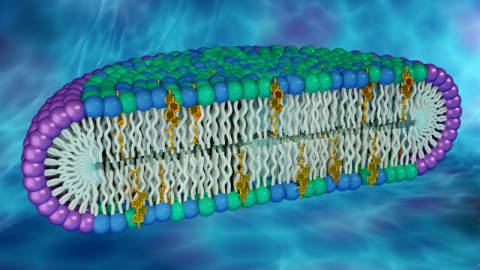
Researchers have created a novel membrane platform for studying the structure and function of membrane proteins in their realistic environment.
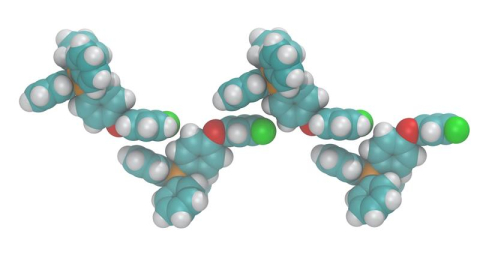
Understanding Ions’ Subtle Molecular-Level Interactions Allows Scientists to Tune the Melting Point

Neutron and X-ray scattering shed light on exotic states that determine the electronic properties of materials.

New electronic ring-containing polymers enable unexpected movement of energy along the backbone connecting the polymer and within each ring.
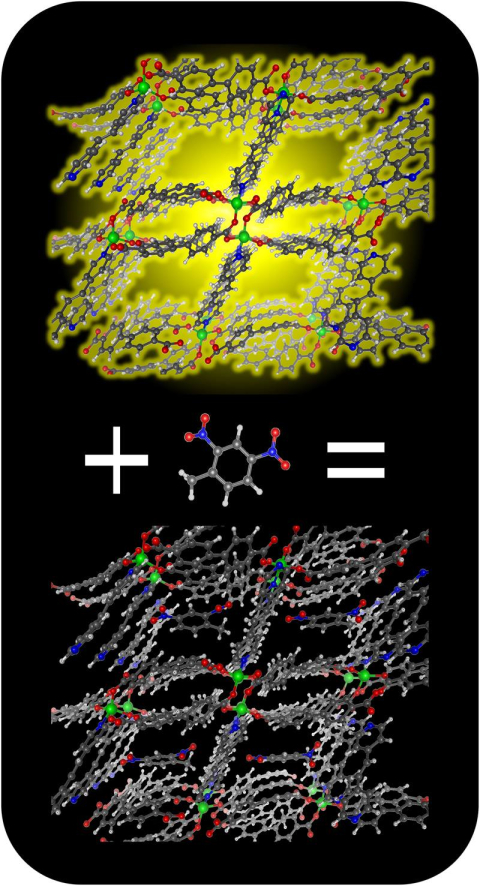
Metal organic framework materials turn fluorescent light signals on or off in the presence of guest molecules.

Computational design of bundled peptide building blocks that can be precisely linked provides new ways to create customized polymers.
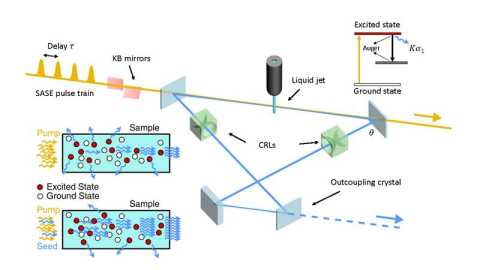
A newly designed X-ray oscillator may enable atomic level precision with intense X-ray pulses.

